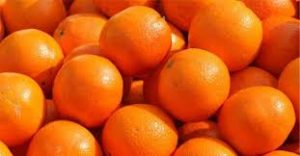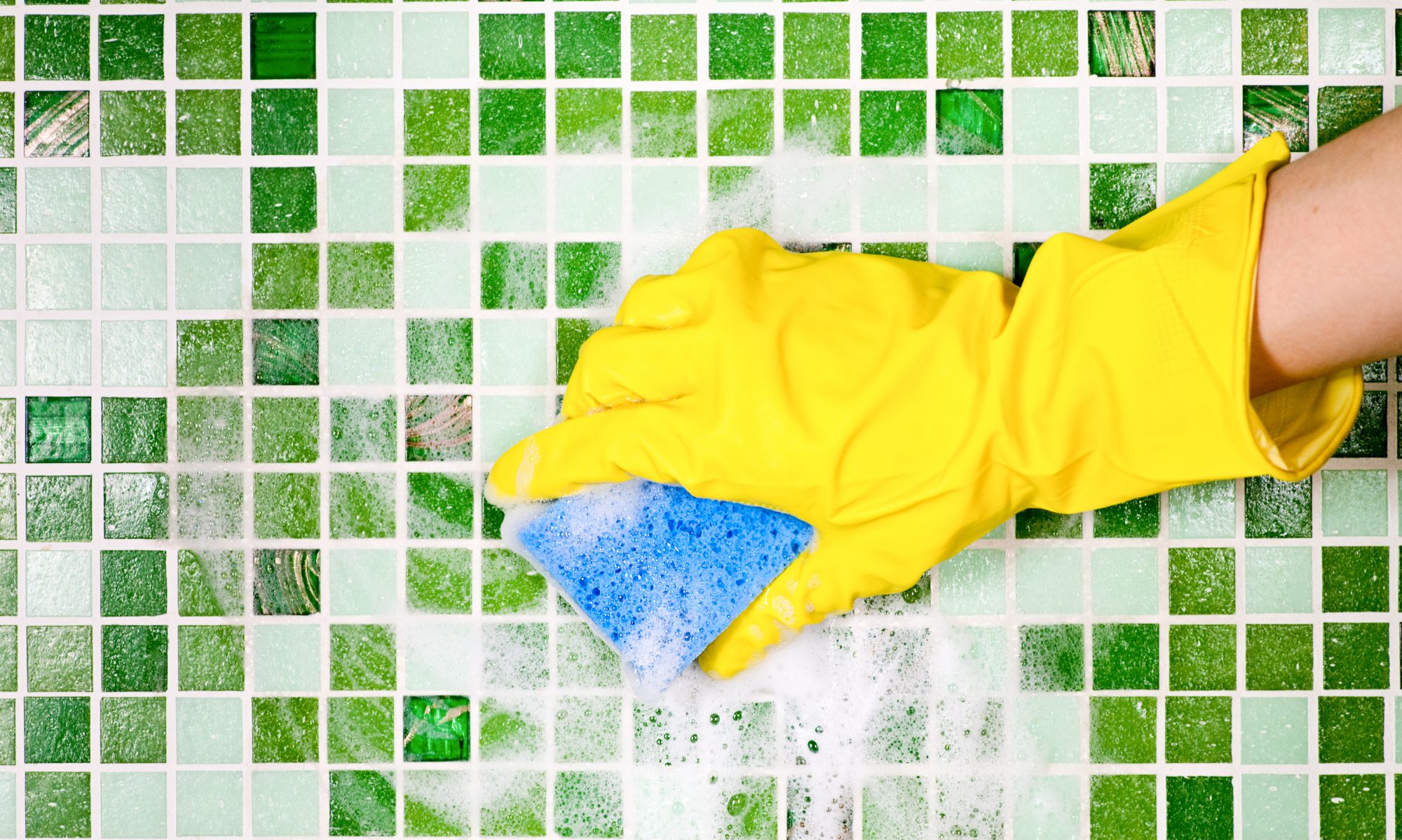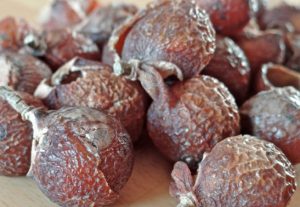What are Soapberries?
Soapberries are the pulpy fruit from a family of tropical trees called Sapindus. ‘Sap’ from the Greek word for soap, and “indus” for India where some strains of the plant are native. When cooked gently your soapberries, or soapnuts as some folks call them produce a light, clear juice containing the alkaloid saponin which is used for washing clothes, surfaces and people. You have probably seen soapberries at your local health food store but weren’t quite sure how to use them. Nature’s little soap factory is actually a fruit, to the relief of folks concerned about nut allergies.
How do soapberries work?
I admit, at first we were skeptical. So we bought a bag and put them to the test. Sure enough, when cooked gently, soapberries emit a clean, light brown extract that is visibly soapy. It’s good stuff. But is it good enough for Green Witch Essential’s amazing housekeeping clients? Some of Bangor’s finest homes were about to find out. So we poured. And we wiped. We spritzed, and sprayed. We tackled glass stove tops, refrigerator doors, microwaves, shower stalls, granite counter tops, door frames, switch plates; even the man-cave half bath. And it worked! The natural surfactant that the Sapindus trees produce cuts grease, leaving surfaces feeling and smelling clean.
But why switch from regular soap to soapberries?
Soap is soap, right? That’s what we thought until we started untangling what it means to be earth friendly in our cleaning products and practices. Retail cleaning products are available at the stores using the words “Green, Earth, Natural” in their marketing materials when in fact their products and/or their packaging are anything but. Even castile soaps are made using lye. Sometimes called caustic potash, KOH, or potassium hydroxide (or sodium hydroxide if making bar soap), lye is what soap makers use to “saponify” their ingredients. Saponify means literally to make soap, something the soapberry tree does on the vine. Lye is made by burning wood which we know creates a large carbon footprint. Soapberries are made by growing wood, which we know uses carbon and emits clean oxygen.
It gets even better. These babies are antibacterial too.
Soapberries have been around for thousands of years but the research is just catching up. A private soapberry company conducted research and found
…recently had them tested for their anti-bacterial qualities at a 3rd party laboratory (BioNetwork BioBusiness Center in Asheville, NC) and they surpassed even my expectations! The certificate of analysis revealed that my soap nuts took out Aspergillus niger (Black Mold) Candida albicans (Yeast) Escherichia coli (E. Coli) Salmonella typhimurium (Salmonella) AND Staphylococcus aureus (MRSA is a strain of this nasty antibiotic resistant bacteria.) But I will reiterate that there are many different kinds, qualities, and suppliers, so my results do not mean that all soap nuts can make this claim.
Great! How can I use soapberries at home?
For laundry, place a few soapberries in a small cotton bag. If you are doing a hot water load, just toss the bag in the washer. If you are using warm or cold water, soak the bag of soapberries in a half cup or so of hot water for a few minutes, then add to the wash. Depending on how many berries you use and the size of your load, you should get several loads from a few berries. DIY alert. You can also make soapberry extract. This is the method we use to make our all purpose cleaner, Brum Know Orange No Grime. To make soapberry liquid soap first place into a medium pot between 4-10 berries and 8 cups of unchlorinated water. (Not sure if your water is chlorinated? Just leave it uncovered in a shallow dish for about 40 minutes, any chlorine will evaporate). Depending on how strong you want the resulting liquid you could a add a few more. Simmer gently on low heat for about 20 minutes. Let cool just enough to allow working with your hands. Remove berries from the water solution, squeezing with your fingers to remove that hard working saponin from the berries. Use right away, either straight or diluted with hot water. For best results store in the frig since soapberry extract is a botanical product, it does have a shelf life. For Brum Know Orange No Grime we add white vinegar, salt plus orange essential oils emulsified into a water solution to extend shelf life and increase grease busting, antibacterial power. It smells like fresh squeezed orange juice, so naturally energizing.

Where can I get soapberries?
They sound exotic but chances are you can pick them up locally at your favorite health food store. Here in Bangor, Maine we discovered soapberries at the Natural Living Center. They’re also available online in quantities both large and small. Not all soapberries are created, harvested or stored equally though. For best results, look for dark plump soapberries.









